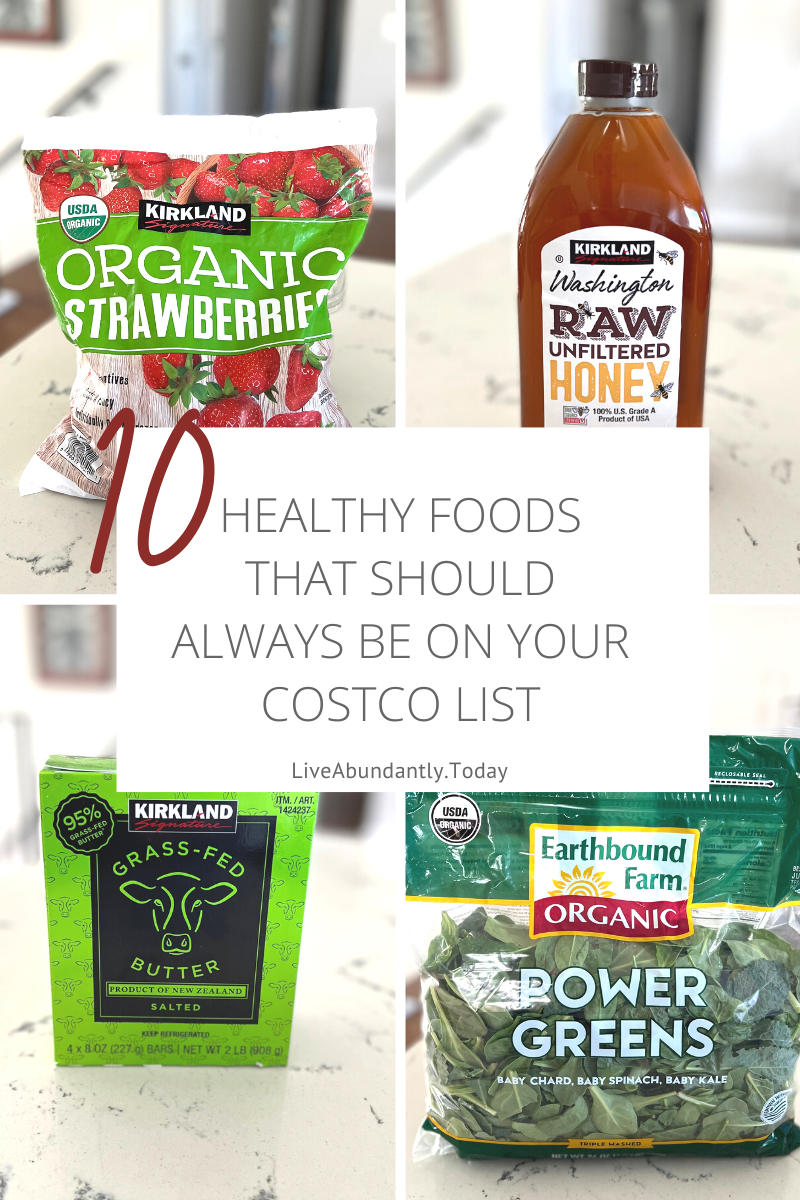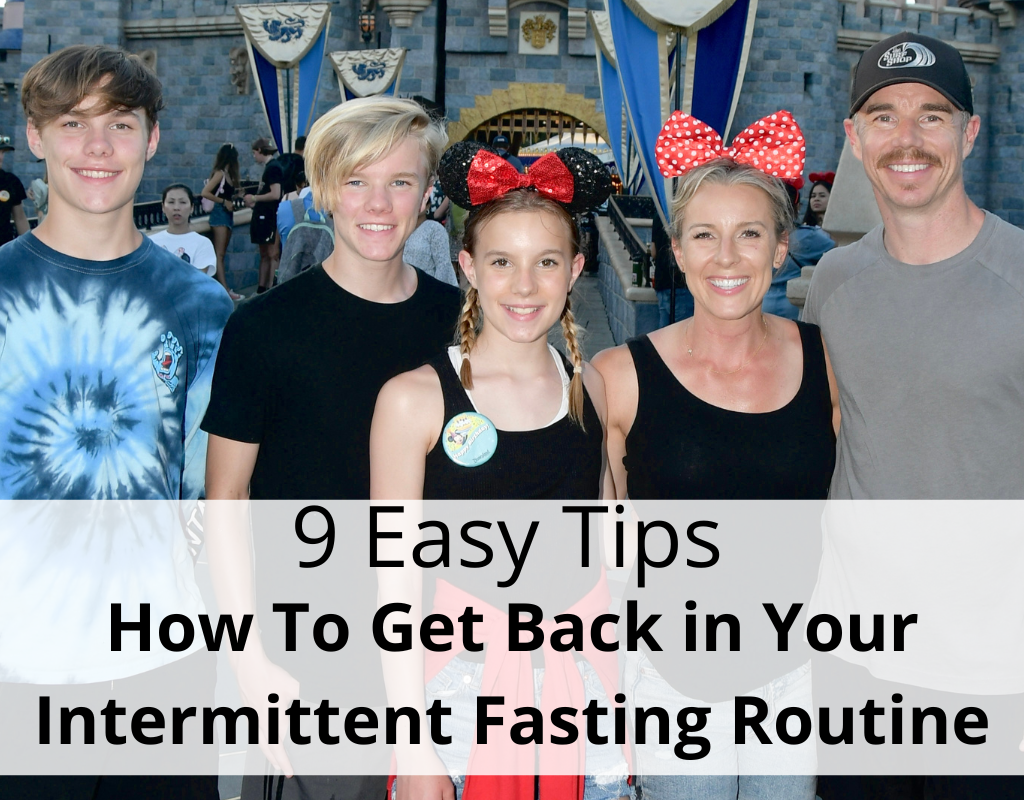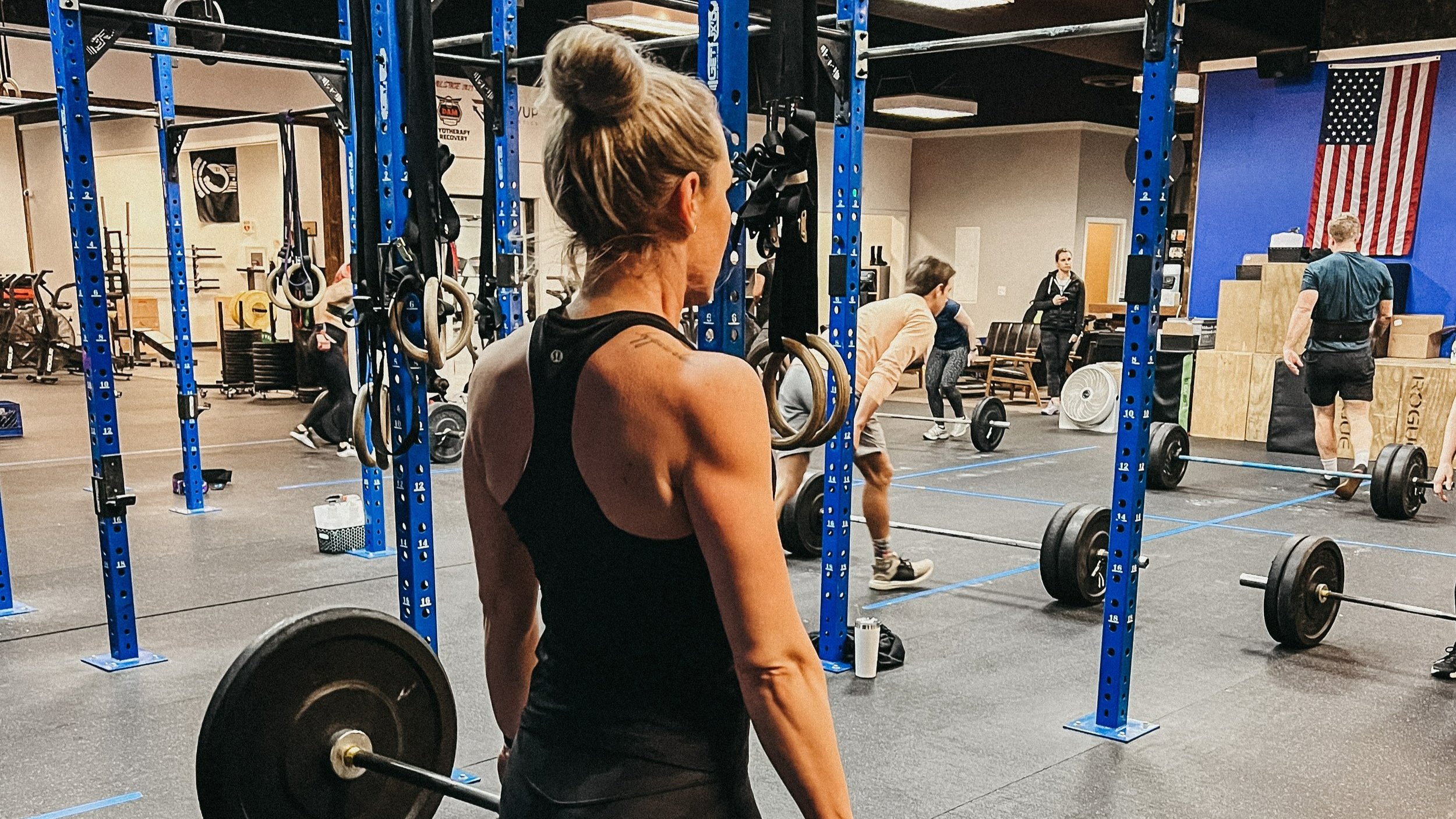
5 Easy Steps to Begin Your Intermittent Fasting Journey Now
Recently I shared my one year journey of intermittent fasting. After rapidly gaining 14 pounds in a matter of months I spent almost a year trying to find something that worked to lose the weight but that also was a sustainable lifestyle. In May of 2021 I discovered intermittent fasting, lost 25 pounds over the next year, and my life has not been the same since. If you have not read my fasting story yet, you can do so here.
As I dove into the research on fasting I discovered that it has so many more benefits than weight loss! Fasting is the most effective tool for lowering insulin levels in our bodies. Although a vital hormone, when insulin is continuously elevated it can lead to diseases such as type 2 diabetes, heart disease, cancer, and Alzheimer’s. The current standard American diet and lifestyle has led to an estimated 50 percent of all adults with insulin resistance; many health professionals estimate that this number is actually 85%.
The other problem with insulin resistance is that when we have high levels of insulin circulating, we do not burn fat. Insulin causes our bodies to store fat and makes it almost impossible for our bodies to burn fat for fuel.
Here’s the good news! It’s never too late to take control of your health and we all can do what is in our power to not be one of the 50-85% of Americans with insulin resistance. To help get you started on your journey, I’m going to share 5 easy steps to become an intermittent faster!
- Start by fasting 12 hours a day and having a 12 hour window to eat your meals the first week. Each week increase your fast by one hour until you are fasting 16 hours a day and have an 8 hour eating window. If you adapt very quickly to this 12:12 method, you can increase your fasting window more quickly.
-
Push back breakfast.
For the majority of intermittent fasters it is most easy to achieve their fasting goal by pushing their breakfast time back. If you typically eat breakfast at 6:30 am wait until 7:30 am the first week and continue to push that time back as your body adapts.
-
Quit eating after dinner.
Before I began fasting I would graze until bedtime. I always had a flavored seltzer water that I was sipping on and I typically had dark chocolate right before bedtime. By simply eating that dark chocolate right after dinner and then switching to unflavored seltzer water after dinner I was able to begin fasting sooner in the evening.
-
Watch what you are drinking during your fast.
While fasting you should only be drinking black coffee, plain black or green tea, plain water, or plain seltzer water. No cream, no Stevia, no lemon in your water during the fast. (If you want a few tips on adjusting to black coffee, check out this post on fasting FAQ’s). You can enjoy all of those things as soon as you open your eating window. The reason that flavored seltzer waters and zero-calorie sweeteners are not okay for fasting is because studies have shown that our bodies have a salivary insulin response to drinks that taste sweet, even if they are zero-calorie. That means that simply a sweet taste causes our brain to prepare our body for food coming in and insulin is released. Once insulin is released, not only is it circulating in our bodies at higher levels, but we begin to feel hunger because our body is now expecting food.
-
Stay busy.
Some people believe that if they begin fasting then they need to take it easy and have a relaxing, slow day. I have found the opposite to be true. On the days that I am less busy I find myself checking the time more often to see if I’ve reached my goal yet. This is not helpful. I have found that if I go for a walk around the block, unload the dishwasher, fold a load of laundry, or engage in some other work that time goes much quicker and I’m able to reach my goal.
-
Bonus tip – read the book Fast. Feast. Repeat. (linked here).
Fast. Feast. Repeat. is the book that opened my eyes to the health benefits of fasting and how to live it as a lifestyle. I have gone on to read many more fasting resources but this book is where I recommend everyone start.
I would love to hear from you! What tips would you share?
**I enjoy writing and encouraging others through my blog. I have learned of a program called Amazon Affiliates that allows me to a make small commission from Amazon on products that I recommend and that are purchased through my Amazon link. I have chosen to participate in this program to offset the expense of paying for a website. If you choose to purchase items that I share on Amazon through my links, I sincerely thank you!




6 Comments
Tyler
This is so helpful. I thought it was unrealistic for me to try intermittent fasting — but your coaching made all the difference. 🙂
Kristy Schaufler
Thanks Amber, I’m a month in with a bit of a break when cooking for a mission trip last week. Not beating myself up for the break just getting back to it. Next, I need to cut back on the sweets during my open time. I’ve been surprised that I haven’t felt more lightheaded in the morning without protein first thing. It seems like a doable and lovely alternative from tracking every bite!
Amber Sollie
Oh I’m so glad you shared this update, Kristy! I agree, I found it surprising that I felt so good in the mornings. I’m cheering you on!
JB Wilson
Great post Amber! I’m excited to try intermittent fasting out. Do you have any tips for how to incorporate this while working out? I wasn’t sure if there is a particular fasting window that works best with an early morning gym routine.
Amber Sollie
Thank you, JB! I talked about exercise a bit in my Fasting FAQ post (https://liveabundantly.today/x1h11hl0k2e5pm0pb8vhu6a7snigg7/)
But very similarly to you, I have a very early routine. Currently I typically do CrossFit at 6am and I break my fast around 1pm. That being said, my body is adapted to fasting, as I’ve been doing it over a year now.
It’s important to narrow down why you are fasting? Is it simply for health and longevity? If so, you close your eating window earlier in the evenings and eat right after you workout.
If your goal is reversing insulin resistance or for weight loss, then I personally still worked up to a longer fast with early morning exercise.
If you are concerned about your protein consumption for muscle growth after working out, I linked a meta-analysis of all of the research on protein timing in the FAQ blog. Spoiler alert though, the conclusion of the meta-analysis, looking at all of the research, was that it’s important to have adequate protein within 24 hours of strength training (not necessary within 1 hour of strength training).
Again, your “why” is important. I’d say start with a 12-16 hour fast and let your body adapt to fasting over the next 30 days and see how you feel when exercising fasted.
Pingback: